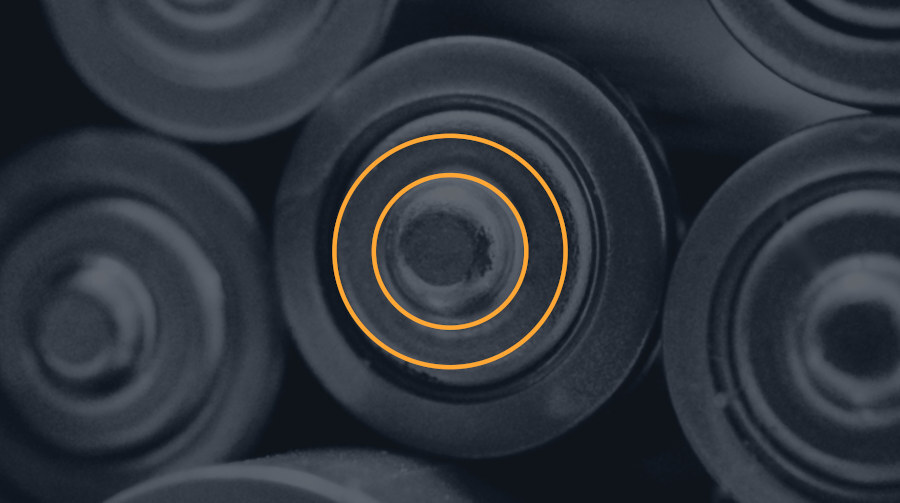
The power of drone-based fault detection
Celebrating the world-first technology that’s improving the reliability and competitiveness of the entire solar industry one image at a time.
Daylight Photoluminescence image of a section of an Australian utility scale farm. The arrows highlight various device and system faults. Credit: School for Photovoltaic and Renewable Energy Engineering.
As our reliance on photovoltaics increases and solar becomes the dominant source of electricity over the next 30 years, it’s more important than ever to ensure that quality control of silicon wafers, solar cells and modules remains high. “In 15 years’ time, more than 80% of Australia’s electricity will come from solar and wind, and that’s what makes solar cells and solar modules such an important technology,” says Prof. Trupke.
Solar is now the cheapest way of generating electricity in many parts of the world, including Australia, and has seen massive increases in use across residential rooftops, industrial rooftops and large utility-scale solar farms. When it comes to large utility scale solar farms, these panels are typically mounted on single-axis tracking systems, which improves the electricity output of each panel per day. While the cost for these modules continues to drop, manufacturers need to make them faster and with ever higher performance, which can lead to occasional faults. “The throughput in the factories has to go up and up, and at the same time, the efficiencies of the panels are also going up – this has associated risks,” explains Prof. Trupke. “Any product that you make millions or billions of times, in any industry, will likely experience occasional problems, so we have developed a quality testing technology which can be used for solar panels in the field.”


















